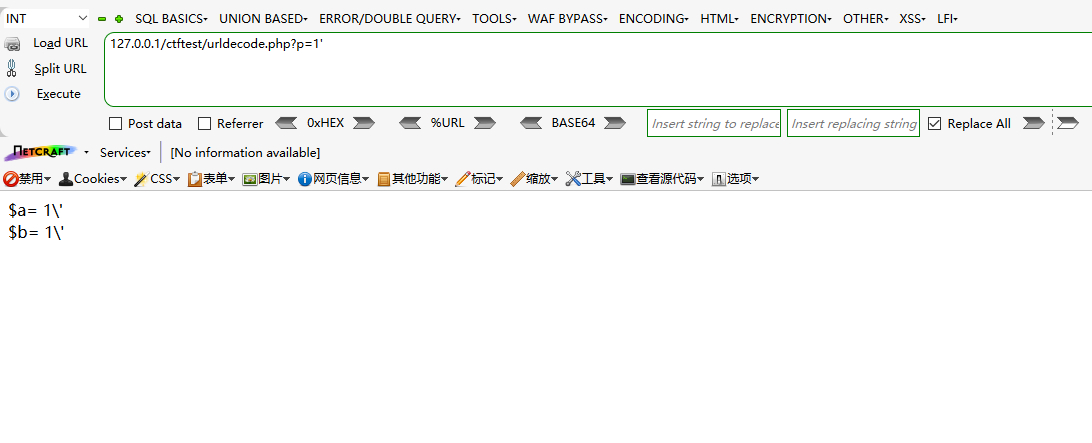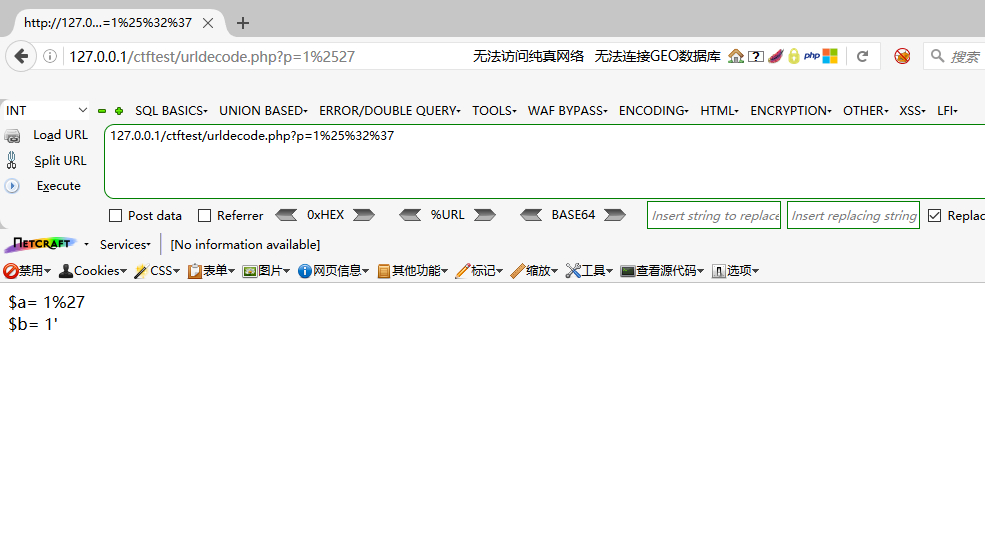2.21.3 urldecode
urldecode()
urldecode()函数使用参考
http://www.php.net/manual/zh/function.urldecode.php
<?php
if(eregi("hackerDJ",$_GET[id])) {
echo("
not allowed!
");
exit();
}
$_GET[id] = urldecode($_GET[id]);
if($_GET[id] == "hackerDJ")
{
echo "
Access granted!
";
echo "
flag
";
}
?>tips:
代码审计需要满足两个条件:1. id里面不能包含字符串“hackerDJ”
2. id经过urldecode()之后等于字符串“hackerDJ”
利用浏览器默认对提交的数据进行一次url解码
所以对“hackerDJ”二次编码
payload:
二次urldecode注入
示例代码:
以此代码为例,本来使用了魔术引号的方法,直接提交将会出现单引号

但因为进行了urldecode解码就导致了二次注入问题

成功绕过..
DocCms漏洞分析
代码分析
在/content/search/index.php中,首先对参数keyword进行非法字符检测,
进一步追溯checkSqlStr函数,看代码如何过滤,在/inc/function.php中
checkSqlStr函数对传入的字符串进行正则匹配,检测是否函数非法字符。
继续看在/content/search/index.php中的get_search_result函数:
参数keyword进行非法字符检测后,进行url解码,然后拼接到SQL语句中执行。
如果我们传入双重url编码的字符串,将绕过非法字符检测,然后经urldecode解码,带入数据库中执行,导致SQL注入漏洞存在。
此时就可以使用sqlmap的chardoubleencode.py进行双重编码进行注入了
Last updated
Was this helpful?